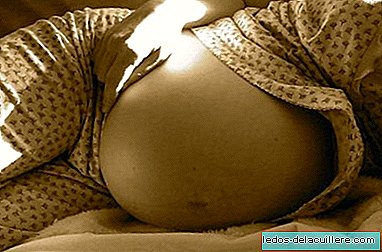
Although years ago it would have been unthinkable that a vaginal delivery should be attempted after having had a previous C-section, this practice has been demystified lately considering vaginal delivery after a cesarean section (PVDC) as an increasingly safe option.
In fact, the American College of Obstetricians and Gynecologists has just published new guidelines to change the old recommendations according to which after a cesarean section the subsequent deliveries should, as a rule, be the same. It was assumed that in these circumstances vaginal delivery could be dangerous for the baby or mother because the incision could be opened, however, repeated caesarean sections also carry risks.
Several studies have endorsed the safety of vaginal delivery in most women who have had a previous C-section, there are even studies that consider that it should be tried after repeated C-sections.
Based on these investigations, the new guidelines of the American gynecologists focus on offering women who have had a previous C-section with a transverse incision lower the option of try to give birth vaginally.
The instructions published by the American College of Obstetricians and Gynecologists, suggest that they may be candidates to try a vaginal delivery after a caesarean section:
- Women who have undergone two previous caesarean sections using a low transverse incision.
- Women who have undergone a caesarean section with low transverse incision who are pregnant with twins.
- Women who have had a cesarean delivery but do not know if they had a low transverse incision.
Round a halo of fear around vaginal delivery after a C-section (PVDC), but it should not be so since the woman is naturally prepared to give birth in that way. In addition, if we use the figures, 75% of vaginal deliveries after a C-section are successful and pose less risk than a new C-section.
According to the gynecologists who have approved the guidelines, and I can not agree more, what is intended is that women have the "feeling of sharing the decision." That it is not a unilateral medical decision, but that the risks and potential successes are exposed so that it is the woman (together with her partner, if applicable) who can make her own decision.
I am pleased to know what is considered vaginal delivery after caesarean section as an increasingly safe option. It seems that after a stage in which the opposite was believed, a more reasonable position is demonstrated. The pity is that so many unnecessary caesarean sections have been performed along the way.












